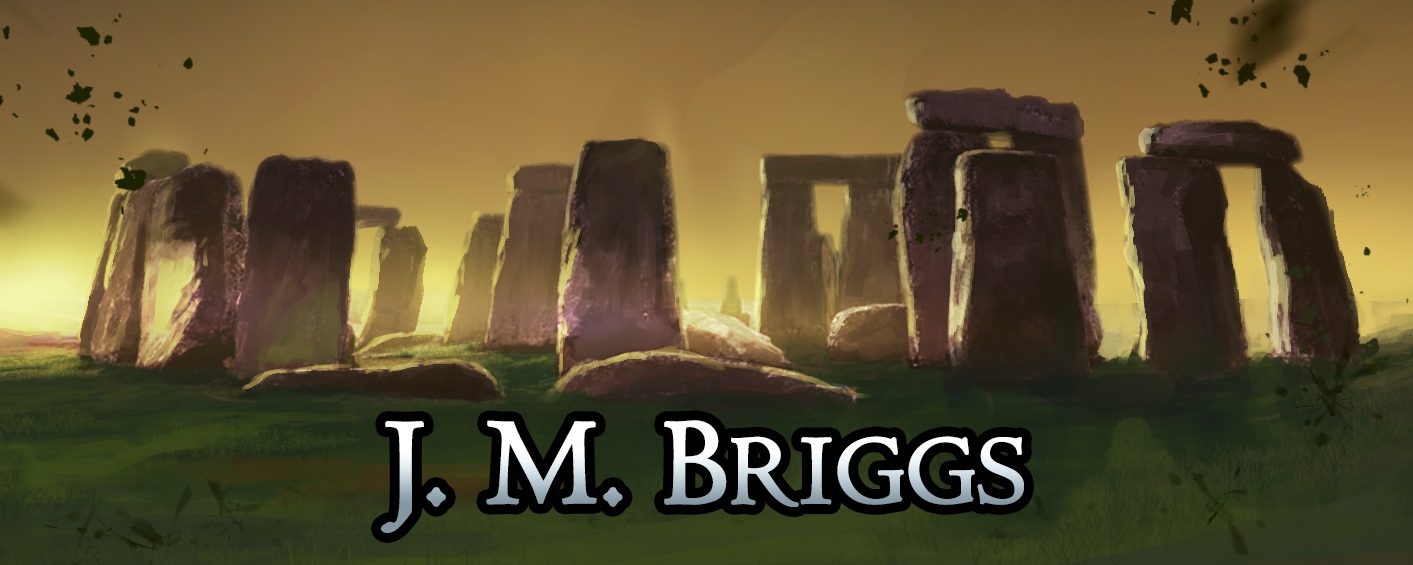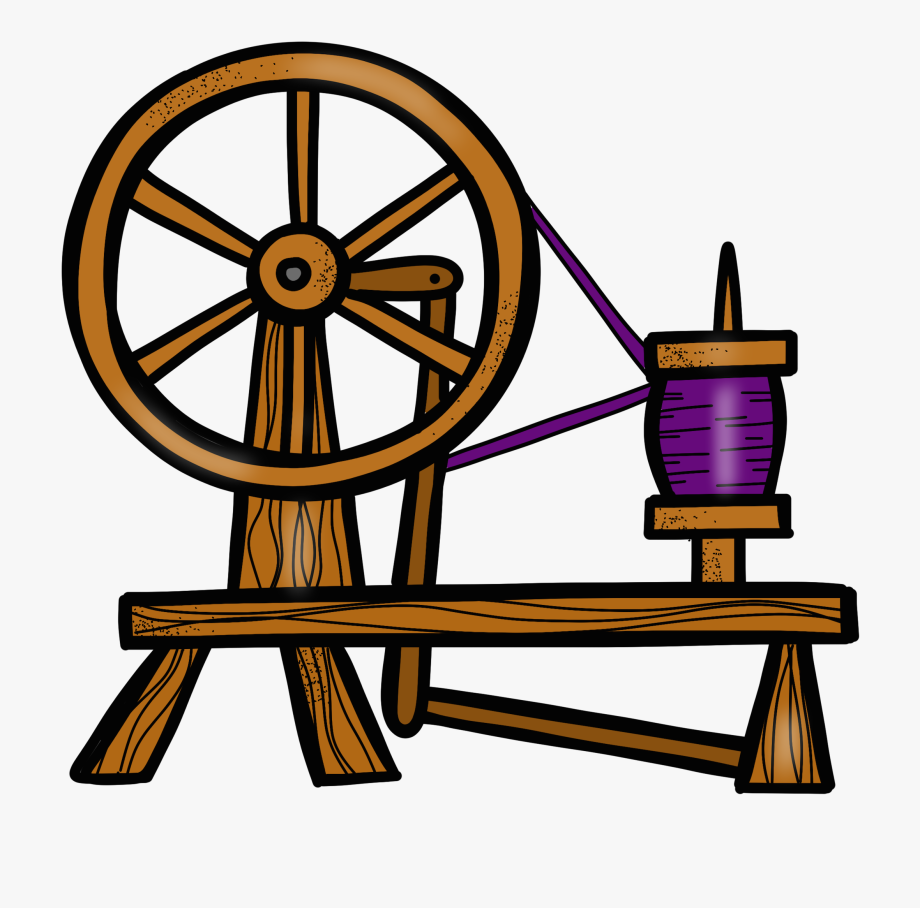Plotter or pantser? As a writer, do you plot as many details as possible in advance as a road map for yourself or throw yourself into whatever world you’re creating with a joyful shout of abandon? Either method is valid, and I’m not trying to cast judgement on anyone’s choices, but for me, the only way forward is plotting. Every time I’ve tried to run wild without a story plan, I have regretted it. Usually, I must stop and start over with a plan to help me recover from the confusion I’ve created for myself.
Where does one start planning? Regardless of the plotting method you’re going to use; you have to start by “spinning the thread.” When describing my writing process, I usually view it through the lens of weaving. My final goal is a beautiful tapestry combining all the different elements to create an interesting and engaging image and experience. But how do you get started?
Think of your first nebulous ideas as raw material. It’s solid and of good quality, but you need to refine these first ideas before seriously considering how to use them. Like flax or wool, you need to define these ideas into threads that can be used later in the project. Your first threads are the first colors you plan on using for your tapestry, and their texture and tone will help guide your future choices.
The first thread is what everything that follows grows from and can be as simple as a piece of dialogue you imagine or a scene replaying in your head. If you have multiple small ideas, then those are also your early threads. The starting threads’ size and depth will greatly impact the speed at which planning your story happens.
Begin your planning with a focus on your bundles of ideas like a handful of wool. This handful of material might be a plot, a scene, or a character moment. Start with one of these ideas and write it down. This will metaphorically stretch it out before you so you can inspect its texture, color, and quality. Putting your thoughts to paper and considering what you like and don’t like about it is similar to when you first begin to stretch out wool into thread. It will also protect the idea from becoming lost in a jumble of thoughts. You can do this in a notebook or as a word document on a computer. Separate the thread from other ideas, leaving the space of the rest of a page as a visual reminder that you want to lengthen the thread by expanding the core idea.
Separating your thread ideas will help divide them in your mind. While you might eventually decide that the thread will be woven together, each one first needs its own space. As you have new thoughts and ideas, add them to your thread page. At this stage, you don’t need to worry about organizing them or trying to turn them into a plot just yet. You are essentially brainstorming on this page things that relate to this thread. For example, here is part some of the original ‘woolly’ notes I used for the Iron Soul Series:
Modern King Arthur retelling with lots of different mythologies
- Merlin is a half-breed of some kind (not a demon like in stories but something similar)
- Morgana le Fey as a changeling
- Multiple reincarnations of the King Arthur figure
- Excalibur/Sword in Stone myth tied to bronze age stone molds
- Otherworlds of Celtic Mythology
- Magic related to how different worlds interact (white blood cells?)
- Other worlds are set up in a tree formation like in Norse Mythology
- Iron is a common weakness of magical creatures in folklore, and Earth’s core is made of iron, so Earth is the Iron Realm
- Earth is a central world where lots of the branches meet, which explains the different species
- Collection of magical artifacts that are plot-related, all made of iron
- Underworld at the base of the Tree of Reality; characters have to travel there at some point
This is where I started in plotting the thirteen-book Iron Soul Series. For about a year, I kept adding to the list of small ideas related to the woolly material of my story. Then I began separating those ideas and stretching them into individual threads by building on the original idea, expanding my thoughts, and better defining each thread’s point and discarding some of the material that wasn’t working for me.
The trick is to keep working on spinning your threads. Set up a schedule to open your page or document and look at the threads and any ideas you’ve already added. The simple act of reminding yourself and taking a moment to think about it can spark new ideas to add to the page as you find more material you want to spin. Rinse and repeat this. I did this once a week so that the idea wasn’t lost. Some may find that monthly or daily works best, but the key is not to leave a thread forgotten and half-spun. Some materials will be easy to spin into a thread, but some will require more work to create a thread that is strong enough to use with a purpose and color to it. This is not a reflection on the material of your idea itself. Any idea is a good start, but many other factors can impact how quickly a thread is spun. Long term, what you want are threads that you have a good understanding of what options it grants you and that you honestly enjoy the tone, texture, and color of the thread. After all, there is no point in putting the work into weaving a tapestry if you hate one of the colors. Keep adjusting the thread until it is something you’re truly excited to work with.

